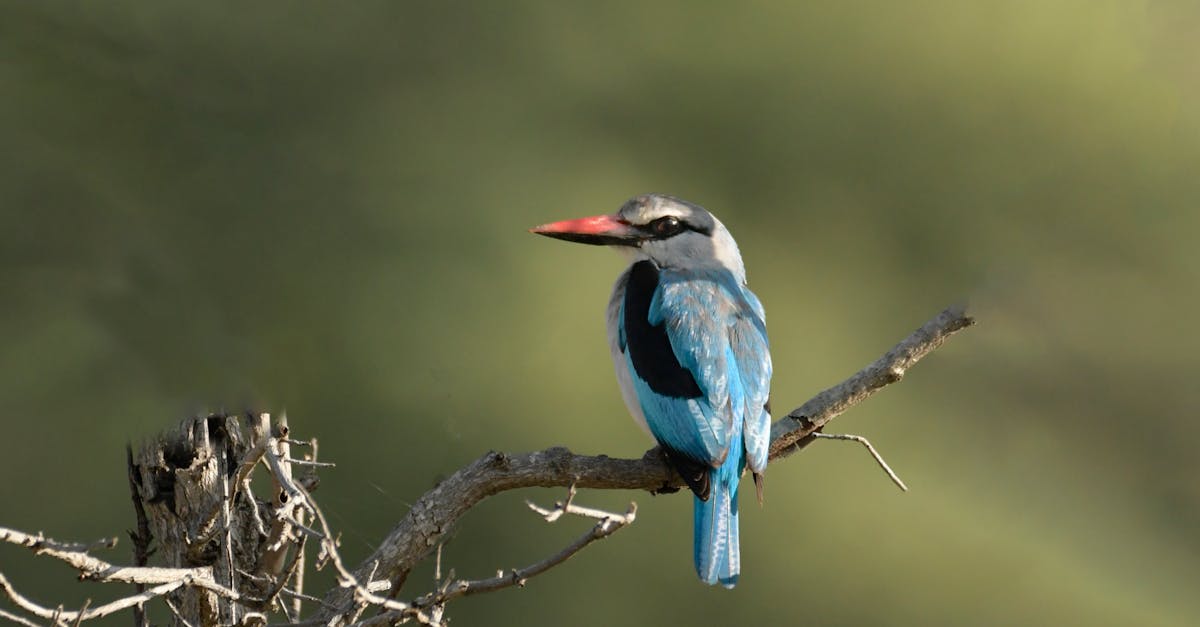If you’re eager to immerse yourself in the world of birdwatching, we’ve got you covered.
Planning a park visit for birdwatching enthusiasts is an exciting and rewarding adventure that allows us to connect with nature and observe these fascinating creatures in their natural habitat.
In our post, we’ll guide you through the essential steps to ensure a successful and fulfilling birdwatching experience at your local park.
From choosing the right location to packing the necessary gear, we’ll provide you with expert tips and insights to make the most of your birdwatching outing.
Let’s begin on this journey together and discover the wonders of avian life in our parks.
Key Takeaways
- Research and choose the best birdwatching locations with diverse habitats.
- Check park regulations and entry requirements to ensure a smooth birdwatching experience.
- Pack essential gear like binoculars, field guides, and a camera for birdwatching outings.
- Optimal birdwatching times are early morning and late afternoon for increased bird activity.
- Document your birdwatching experiences by noting observations, taking photos, and recording details for later reference.

Researching the Best Birdwatching Locations
When planning a park visit for birdwatching enthusiasts, it’s crucial to research the best birdwatching locations. Look for parks with diverse habitats that attract a variety of bird species.
- Consult Local Birdwatching Guides: Local birdwatching guides or websites can provide insights into the best parks for birdwatching in your area. They often highlight specific trails or areas known for abundant bird populations.
- Check Official Park Websites: Many official park websites list bird species that can be found in the area. This information can help us narrow down our choices and prioritize parks with a high likelihood of bird sightings.
Remember, choosing the right location is the first step in ensuring a rewarding birdwatching experience. By researching and selecting the best birdwatching locations, we increase our chances of observing a diverse range of bird species in their natural habitat.
Checking Park Regulations and Entry Requirements
When planning a park visit for birdwatching, Checking Park Regulations and Entry Requirements is crucial. We don’t want any surprises when we arrive at the park, so it’s essential to know what’s allowed and what’s not. Some parks might have specific rules about birdwatching, such as designated areas or restricted times.
Before heading out, visit the official park website to familiarize yourself with the regulations. They usually have detailed information on entry fees, permits, and any special restrictions. It’s also a good idea to consult local birdwatching guides or communities for any additional tips or updates on park rules.
By being aware of and following park regulations, we can ensure a smooth and enjoyable birdwatching experience without any unwanted interruptions.
Website:Official Park Website

Packing Essential Gear and Supplies
When planning our birdwatching trip, it’s crucial to pack the right gear and supplies to make the most of our experience. Here are some essentials to consider:
- Binoculars: A good pair of binoculars can help us spot birds from afar.
- Field Guide: Bringing a bird field guide can assist us in identifying different species.
- Camera: Capturing the beauty of birds and nature is easier with a camera handy.
Don’t forget to pack some snacks, water, sunscreen, and insect repellent for a comfortable outing. For more tips on what to pack, check out this official birdwatching gear guide.
Knowing the Best Time for Birdwatching
When planning a park visit for birdwatching, choosing the right time can greatly impact our experience. The early morning and late afternoon are prime times for bird activity. Birds tend to be most active during these periods, making it easier to spot them. Sunrises and sunsets offer ideal lighting for birdwatching and capturing beautiful photos.
Also, avoiding midday when the sun is high and temperatures are at their peak can increase the likelihood of spotting a variety of bird species. Birds often seek shelter during the hottest hours of the day, so early mornings and late afternoons offer better viewing opportunities.
To make the most of our birdwatching adventure, it’s essential to research the specific bird species we hope to see. Different birds can be more active during specific seasons, weather conditions, or times of day. Understanding these patterns can enhance our chances of encountering a diverse array of birdlife.
For more information on birdwatching timings, visit the National Audubon Society’s website.

Documenting Your Birdwatching Experience
When documenting your birdwatching adventure, it’s essential to record key details. Here are some tips:
- Bring a notebook and pen to jot down observations.
- Use a camera to capture photos of birds and their surroundings.
- Consider sketching unique bird features for later identification.
- Record the date, time, and location of each sighting.
For more guidance on documenting birdwatching experiences, visit the National Audubon Society’s website here.

